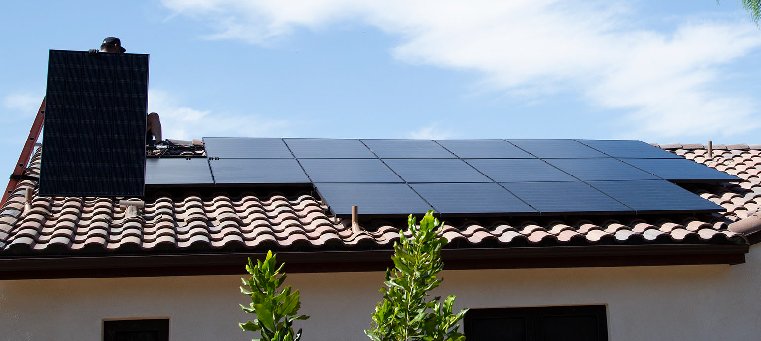The answer is yes, and that “future” just got a lot more real after the California Energy Commission unanimously voted in the new requirement this month. This is a major stride in improving the energy consumption and clean energy production in California. Under the new requirement that is set to go into effect in two years-time, all new homes must have solar power. While it is true that this will add upfront cost to new builds, state officials and solar power advocates alike agree that the additional building expenses will be covered down the road by the long-term reduction in energy bill costs.
Further, California is required to have at least 50% of all electricity sourced from non-carbon-producing options, or clean energy sources by the year 2030. With solar panels being one of the most common and accessible clean energy options, it has become a major force in shifting the state towards alternative energy reliance.
What Will the Added Cost Look Like?
The new building code gives builders a little freedom when it comes to choosing how they would like to make solar power available on the properties. For example, builders have the option of either adding solar panels to each individual home or creating a shared solar power system that serves a group of homes or development.
Likewise, new homeowners don’t have to see the full cost of solar panels added on to their home price, instead, they have the option to lease on a month to month basis. Generally speaking, estimates range from $8,000 to $12,000 in terms of what homeowners can expect to pay.
If a homeowner had a 30-year mortgage, they are looking at adding $40 to their monthly payments on average. According to the Energy Commission, however, estimates show that consumers will save around $80 a month on their energy bills, thus making the move profitable for them.
At the end of the day, moving away from a centralized source of power is better for everyone, especially homeowners. It gives those spending the money on electricity and energy bills more control over what they are spending, how much they are willing to pay, and who their providers are. Now, with solar power and battery storage solutions like Tesla Powerwall growing in demand, it helps lessen the dependency on grid power altogether.
Those Without Solar Can Expect a Rise in Energy Costs
California is leading the charge on solar power, standing as the top state in the nation in regards to solar capacity. As of 2017, solar power was responsible for covering nearly 16% of California’s electricity demands. Not only that, but the solar industry boomed, providing more than 86,000 jobs to workers across the state.
While solar can be seen as a major positive force in the state, some current homeowners are wondering where the new building code will leave them. What if you didn’t have your home built with solar panels? Should you consider going solar even if you aren’t “required” to?
The affordable cost of installing solar panels, as well as the incentives and many financial options, make it a very appealing option. Not only that, but new electricity rate structures are coming up that will start to charge California residents based on the time of day that they are using electricity rather than just a flat daily consumption. What does this mean? That homeowners that are using energy at “peak” hours could see major spikes in expenses due to these new time-of-use rates. Avoiding higher costs with energy-efficient features is becoming more and more attractive to many California homeowners.
You can get started today by requesting a free energy-analysis from Semper Solaris today.
